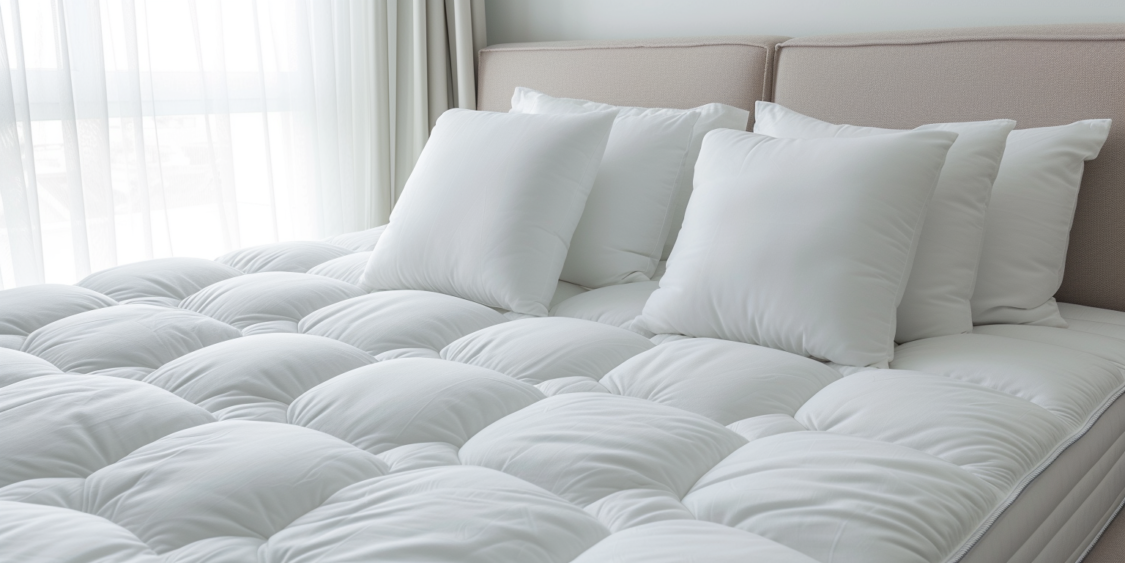A Business Analyst (BA) is necessary in maintaining the agility and flexibility of the operations of modern-day organisations. The business analyst is vital in Agile and Scrum methodologies whilst connecting enterprise goals to technical implementation. Scrum and Agile-specific Business Analyst Courses are available for professionals interested in learning more about the methodology.
This blog will examine the Business Analyst‘s role in Scrum and Agile and how it affects the frameworks.
Table of Contents
- The Evolution of the Business Analyst Role
- What are Agile and Scrum Methodologies?
- Key Responsibilities of a Business Analyst in Agile and Scrum
- Required Competencies and Skills
- Conclusion
The Evolution of the Business Analyst Role
Gathering requirements, analysing workflows, and documenting specifications are the conventional duties of a business analyst. However, this role’s obligations vary relying on whether the project is based on Scrum or Agile. By working closely with stakeholders, product owners, and developers, the business analyst will become an integral part of the Agile team as the project advances.
What are Agile and Scrum Methodologies?
A firm knowledge of Agile and Scrum principles is necessary for an aspiring business analyst. Software developed using Agile emphasises iterative development, customer satisfaction, and flexibility. Scrum is an Agile method that makes use of two- to four-week-long sprints to break down massive projects into doable, time-bound chunks.
Key Responsibilities of a Business Analyst in Agile and Scrum
Requirements Identification and Setting of Priorities
A key responsibility of an Agile business analyst is to work with stakeholders to become aware of requirements and rank them according to precedence. The business analyst makes use of user stories, personas, and workshops to make certain that the client’s demands and the organisation’s goals are understood.
Encouraging Communication
Communication among various parties involved is important to Agile initiatives. The business analyst performs an essential role in helping numerous stakeholders interact with one another. The business analyst guarantees that goals are aligned during the project lifecycle by serving as a middleman between technical teams and business users.
User Story Refinement
User stories are the basic units of functionality in both Agile and Scrum techniques. Business analysts collaborate closely with product owners and development teams to ensure user stories are precise, actionable, and aligned with commercial enterprise goals.
Sprint Planning and Review
During sprint planning meetings, the Business Analyst works with the Agile team to determine which user stories will be implemented in the forthcoming sprint. They also participate in sprint reviews to get input, examine the progress, and pinpoint regions needing improvement.
Continuous Development
The business analyst holds a vital role in the continuous development approach emphasised in the Agile methodology. The business analyst guarantees that the team improves its procedures and practices via feedback collecting, retrospectives, and identifying optimisation possibilities.
Risk Management
Risk mitigation is vital to ensuring clean progress in Agile and Scrum projects. Business analysts spot feasible risks early in a project’s lifecycle, compare their potential consequences, and work with the team to create mitigation plans. By proactively addressing risks, business analysts help projects be triumphant and resilient.
Assurance of Quality
Ensuring the output quality is crucial for projects that employ Agile and Scrum approaches. Business analysts work with the development team to create acceptance criteria, conduct thorough testing, and verify that deliverables meet all the requirements. Business analysts help provide stakeholders with dependable and valuable solutions through a quality-focused approach to development.
Product Ownership Support
The business analyst offers invaluable assistance in establishing and prioritising the product backlog, even if the product owner bears final responsibility for this task. They help the product owner with requirements clarification, backlog grooming, and making sure user stories are well-defined and prepared for deployment. Business analysts work closely with the product owner to promote customer happiness and product success.
Required Competencies and Skills
In Agile and Scrum contexts, the following abilities and capabilities are necessary for a business analyst to succeed:
- Analytical Thinking: Success depends on your capacity to analyse complex situations, pinpoint underlying causes, and suggest creative solutions.
- Communication Skills: Effective verbal and written communication makes precise requirements and collaboration possible.
- Flexibility: Agile initiatives must be able to adjust to shifting priorities and altering conditions because they are dynamic by nature.
- Stakeholder Management: Stakeholders must be positively cultivated to elicit requirements and guarantee project success.
- Technical Proficiency: Business analysts should have a firm grasp of technical principles and software development processes, even if they are not required to be developers.
Conclusion
A business analyst’s function is complex and changing in Agile and Scrum techniques. A Business Analyst ensures that technical implementation and enterprise goals are aligned. This consists of gathering requirements, encouraging communication, and promoting continual development. Through skill development, industry knowledge, and adoption of Agile concepts, Business Analysts may significantly contribute to the success of projects.
Thus, remember the important part that business analysts play in fostering creativity, teamwork, and company value, regardless of whether you’re considering pursuing a career in business analysis or want to improve your abilities in Agile settings. For more information visit: The Knowledge Academy.










